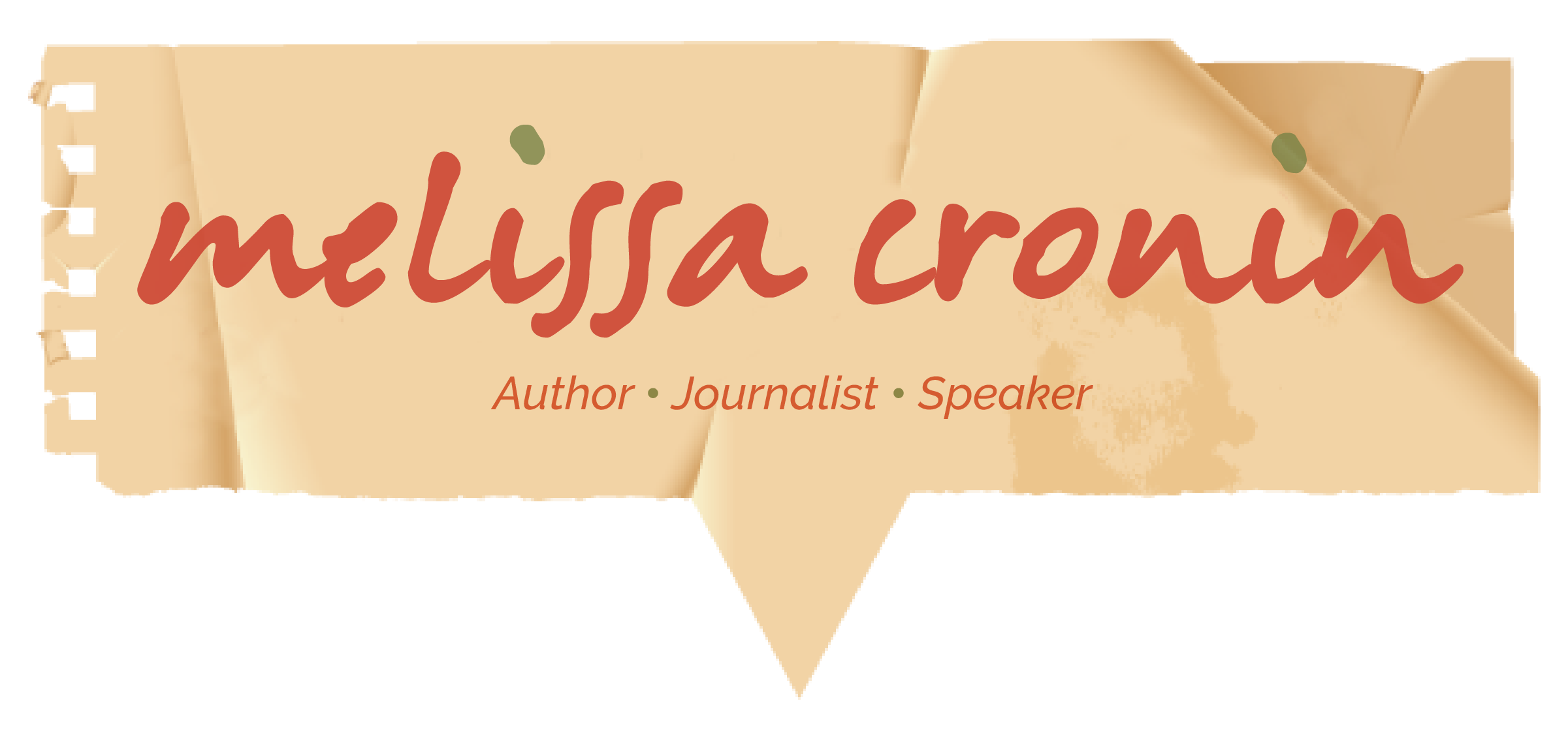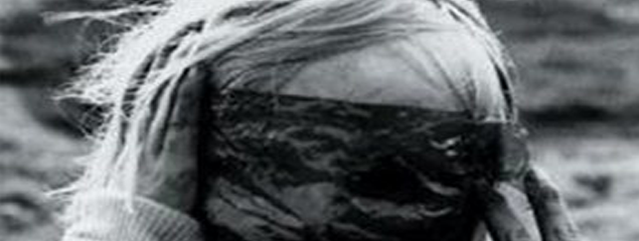Weaving Together a Memoir: A Critical Analysis of ‘The Kiss’ by Kathryn Harrison
How do writers transition from one layer (in this essay I use thread, strand, or filament) of a narrative, then successfully return to the main, or grounding thread? In Kathryn Harrison’s memoir, The Kiss, an account of her incestuous affair with her father, there are at least four threads woven throughout the book. The main one being her father, followed by secondary threads: Harrison’s mother, her grandparents, and her struggle with Anorexia Nervosa.
Like forming a braid, Harrison first introduces the main strand – her father – by summarizing the interactions between the two of them during their travels together – then deftly weaves in a secondary strand. One way she accomplishes this is by employing reflection. In the last sentence of the first chapter she says, “These nowhere and notimes [sic] are the only home we have.” The operative word “home” introduces Harrison’s grandmother – the next thread – in chapter two. Harrison says, “My mother’s parents raise me. I live in their house until I’m seventeen” (5).
But she does not let the grounding thread – her father – slip. She goes on to explain that he was not welcomed into her grandparents’ home. The thread further remains intact through dialogue – another strategy in which Harrison weaves together the braid of figures and events in the book. ‘“Where is your dad?’ other children ask. ‘I don’t know,’ [Harrison] answer[s]” (5). This dialogue is the diving off point, which allows her to delve deeper into her past: she tells us that her parents divorced when she was an infant and that she and her mother stayed with her grandparents after her dad left.
She also employs scene as a strategy to weave in the mother thread: her grandmother screams at Harrison’s mother when a date picks her up. But her mother saves snapshots of Harrison’s father (5, 6). We now have the mother thread introduced, along with the father and grandmother – a French braid.
Through scene again, we begin to learn more about Harrison’s mother: she sleeps much of the time, and when Harrison makes noise in an attempt to wake her mother, she ignores her daughter. A theme – rejection – is beginning to unfold between the three filaments – Harrison’s father, her grandparents and mother (7, 8). And when Harrison reflects on her mother’s date, her father remains present on the page: “Though she dates other men … my mother remains romantically fixated … on my father” (9). This follows with a tighter connection to the father: he sends letters to Harrison’s mother, and, as she says, “sometimes, folded in with them, are little ones for me (11).”
These letters segue to other objects, which, in addition to dialogue and reflection, keep the father, mother and grandparent strands intact. For instance, we have Harrison’s mother’s yearbook, in which she reflects on photos of her mother: “Do I know my mother any better than the long-ago classmate … who foretold her future? ‘She will study … French (17).’” The encyclopedia set Harrison includes belongs to her grandparents, which were sold to them by her father, who was once an encyclopedia salesman. Harrison’s mother attempts to teach her daughter French by using flashcards (16, 17, 18).
By including the cards, Harrison reveals her mother’s desire for her daughter to be perfect. Harrison says about her mother, “Once she throws the flash cards down and slaps my face. My mother’s love depends on my capitulation” (19, 20). The mother-daughter relationship in this scene provides us with the first hints of Harrison’s struggle with Anorexia Nervosa, yet another thread:
I come down with an illness no one can define or cure … It goes on for weeks until the day I hear the pediatrician tell my grandmother that I’m so dehydrated I’ll have to be hospitalized … I return to school not just thinner but seemingly smaller … Very occasionally, I dream in French, and on those mornings I wake up ill: I vomit (20, 21).
Harrison then loops back to the grounding thread of her father through startling reflection: “Do my father’s accomplishments cost him as dearly as mine do me” (21)?
Harrison, Kathryn. The Kiss. New York: Random House, 1997. Print.
Read More

Recent Comments